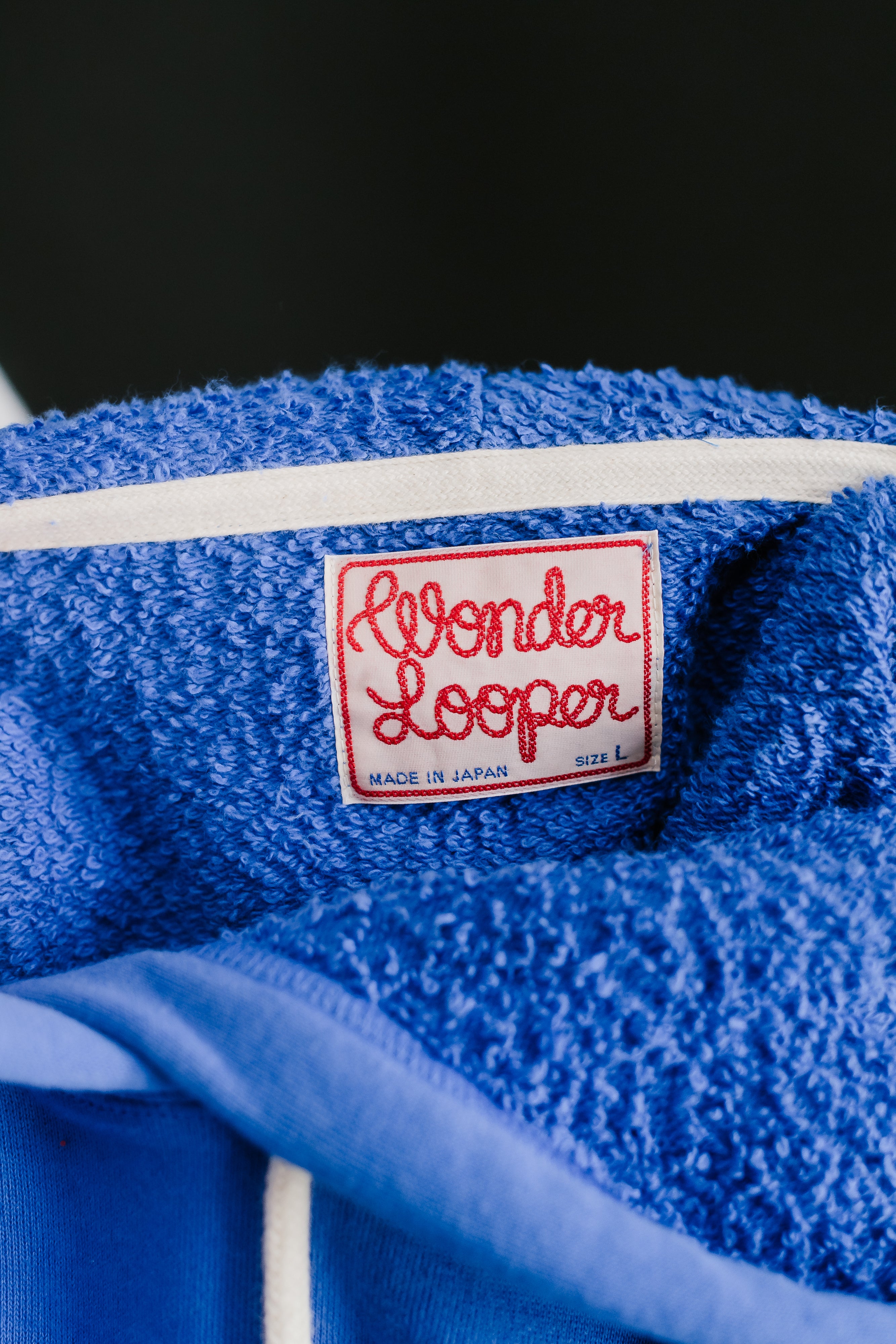
Super Looper is Here!
Wonder Looper
These Tsuriami sweats came out better than we could ever imagine- a limited colleciton that is sure to sell quickly.
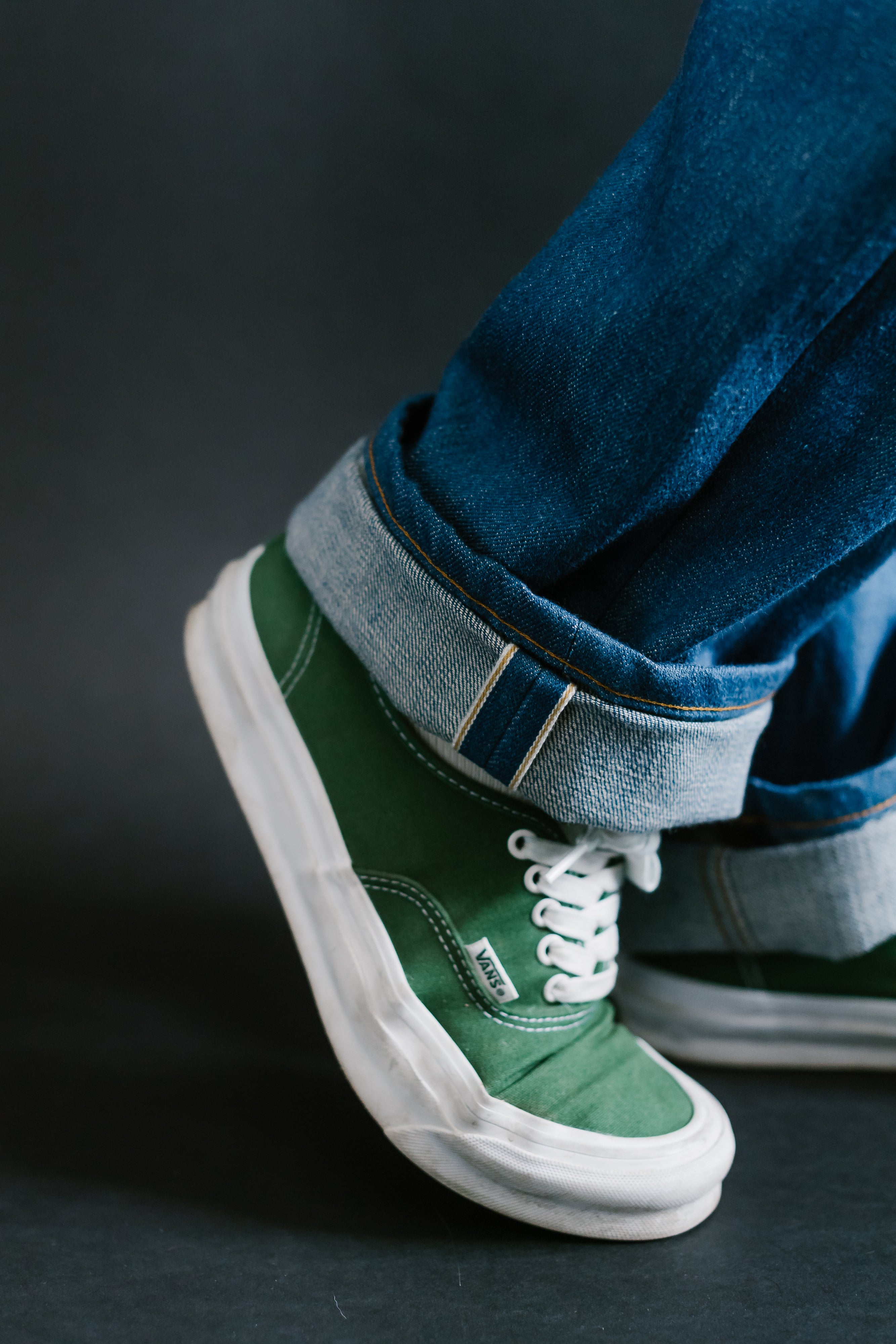
Ocean's Edge
Naked & Famous
The prettiest denim that will remind you of the beach is here!
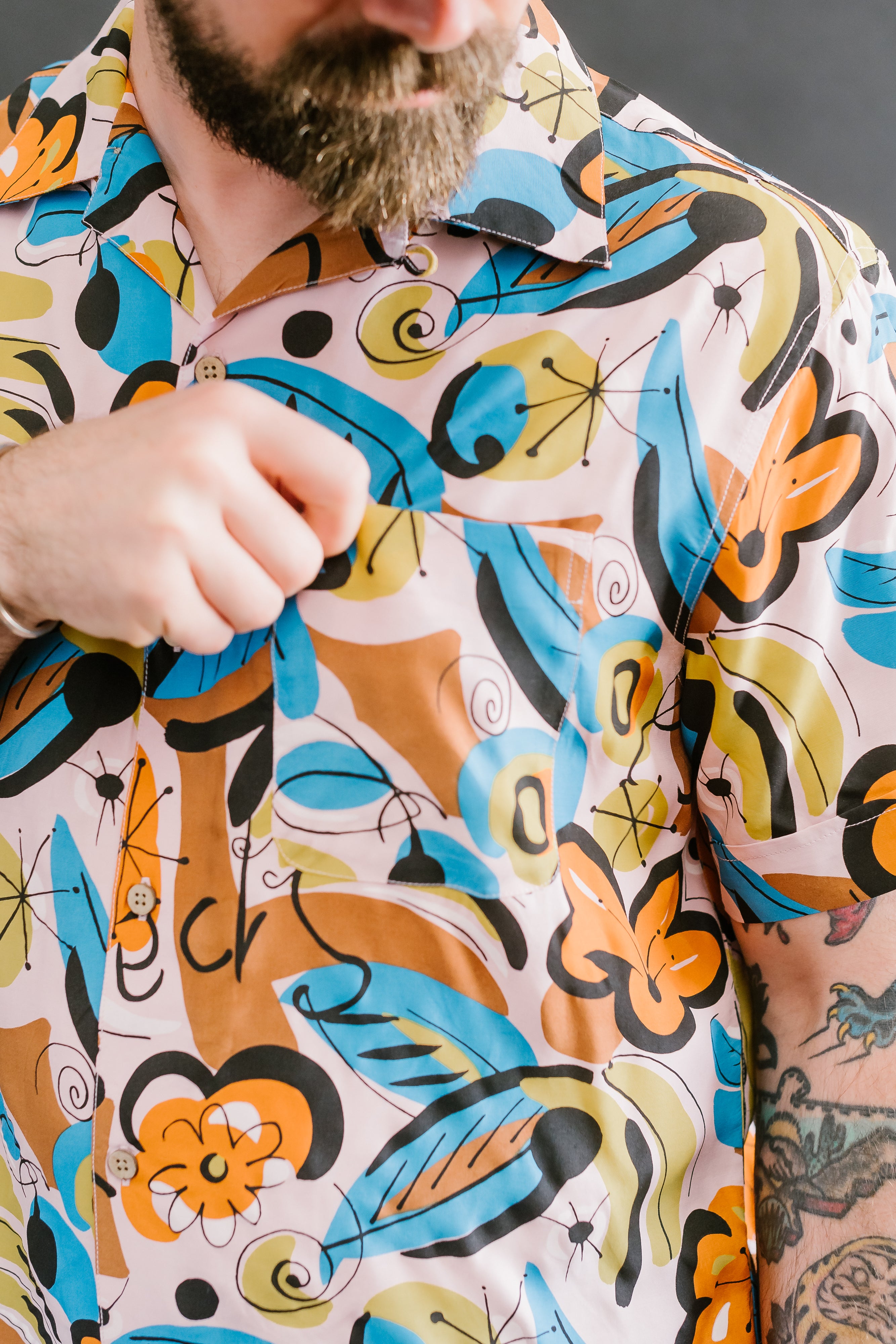
Brand New Vacation Shirt
3sixteen
This mid century classic could be the next thing you fall in love with.
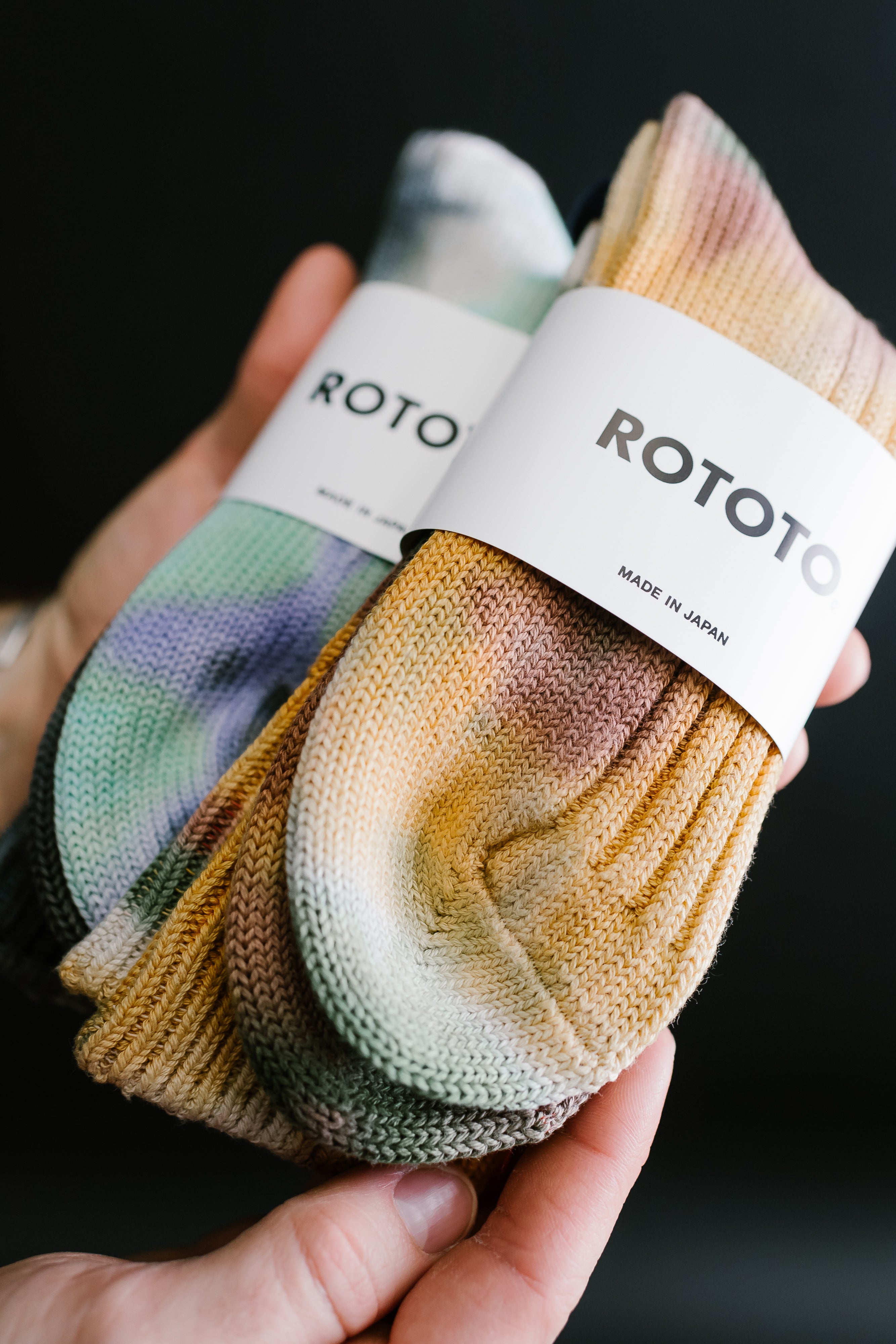
Last Batch of Spring Socks
Rototo
We saved all the new releases for last! From washi fabric to tie dye, this one has a bit of everything.
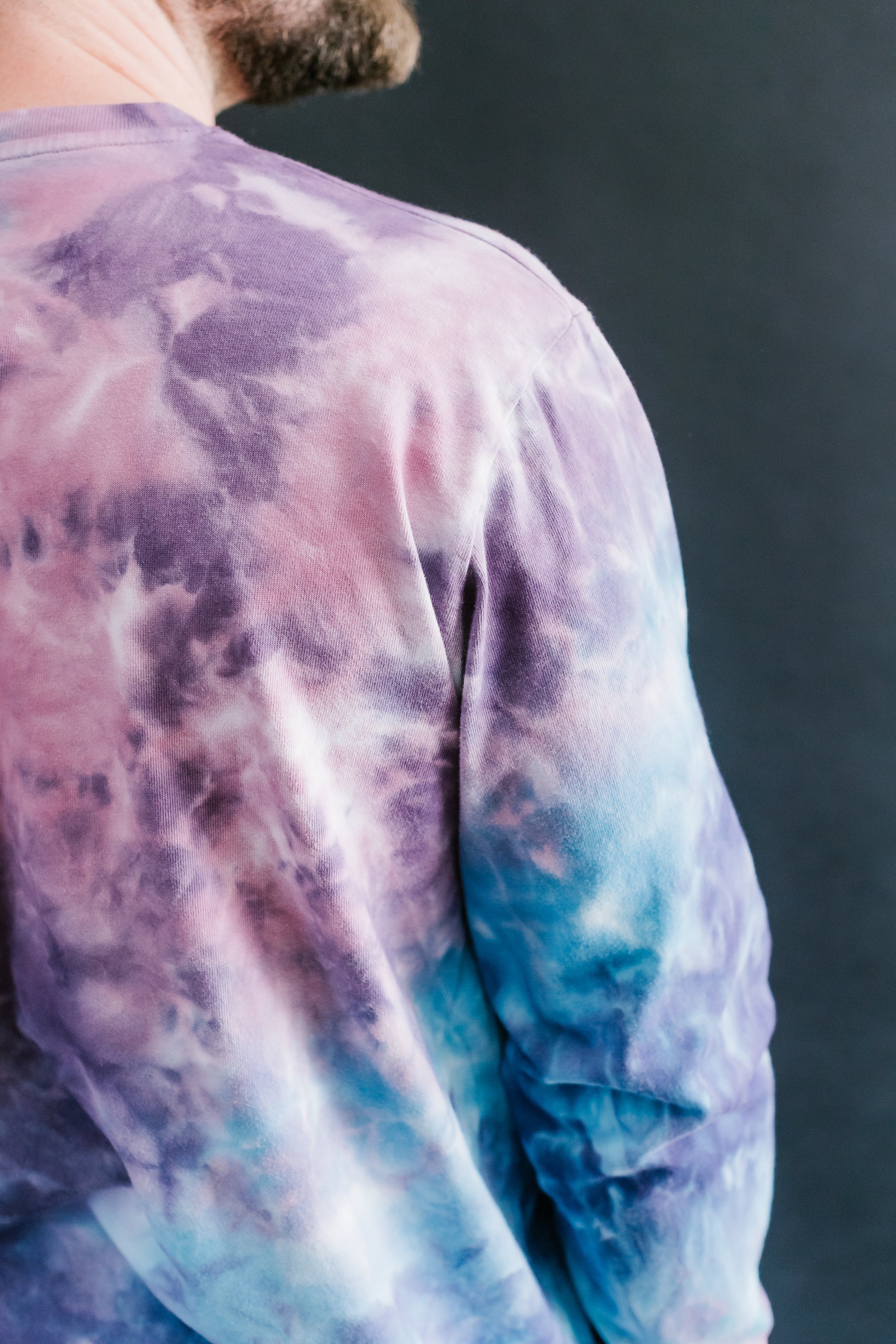
Spring Product
Howlin'
We have 8 new wonderful pieces all inspired by the 90s. Scope the terry towel tops and bottoms.
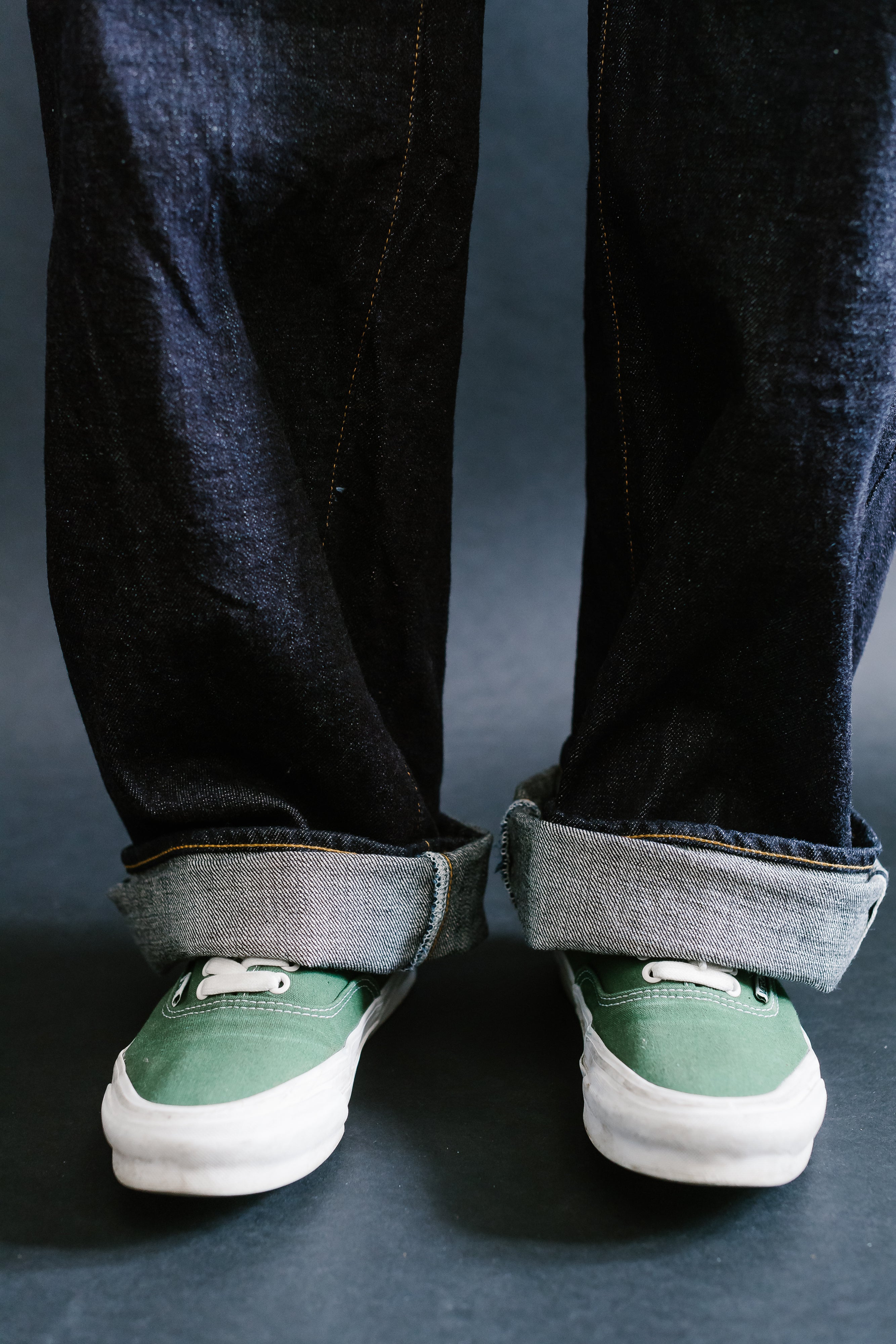
Super Wide Straight
ONI
A brand new, extra roomy fit in their lighter weight 15oz low-tension fabric.
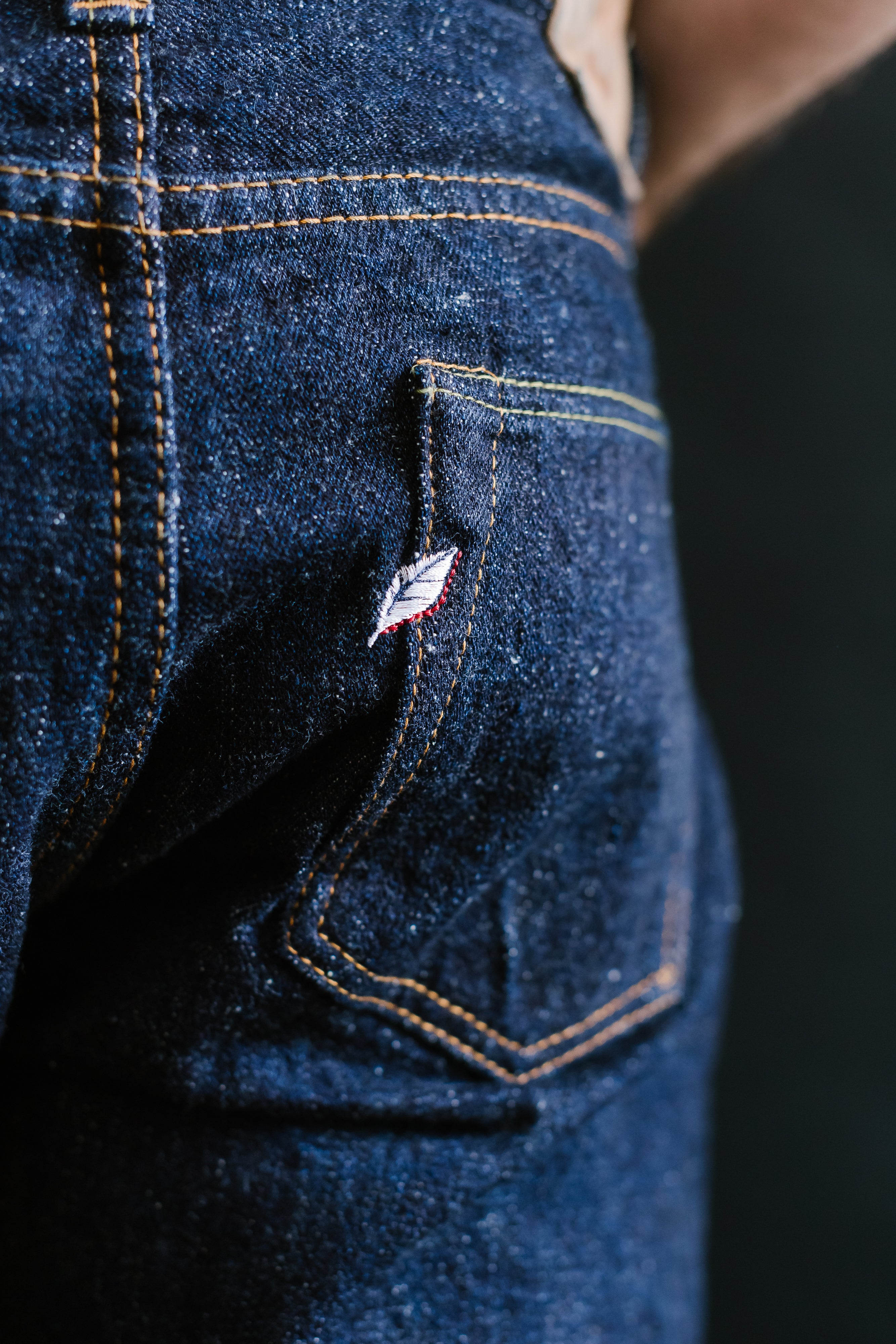
16.5oz Slub Selvedge
Pure Blue Japan
The denim known for it's texture returns for a what is becoming a rare occurrence at the shop! Snag em while they last.
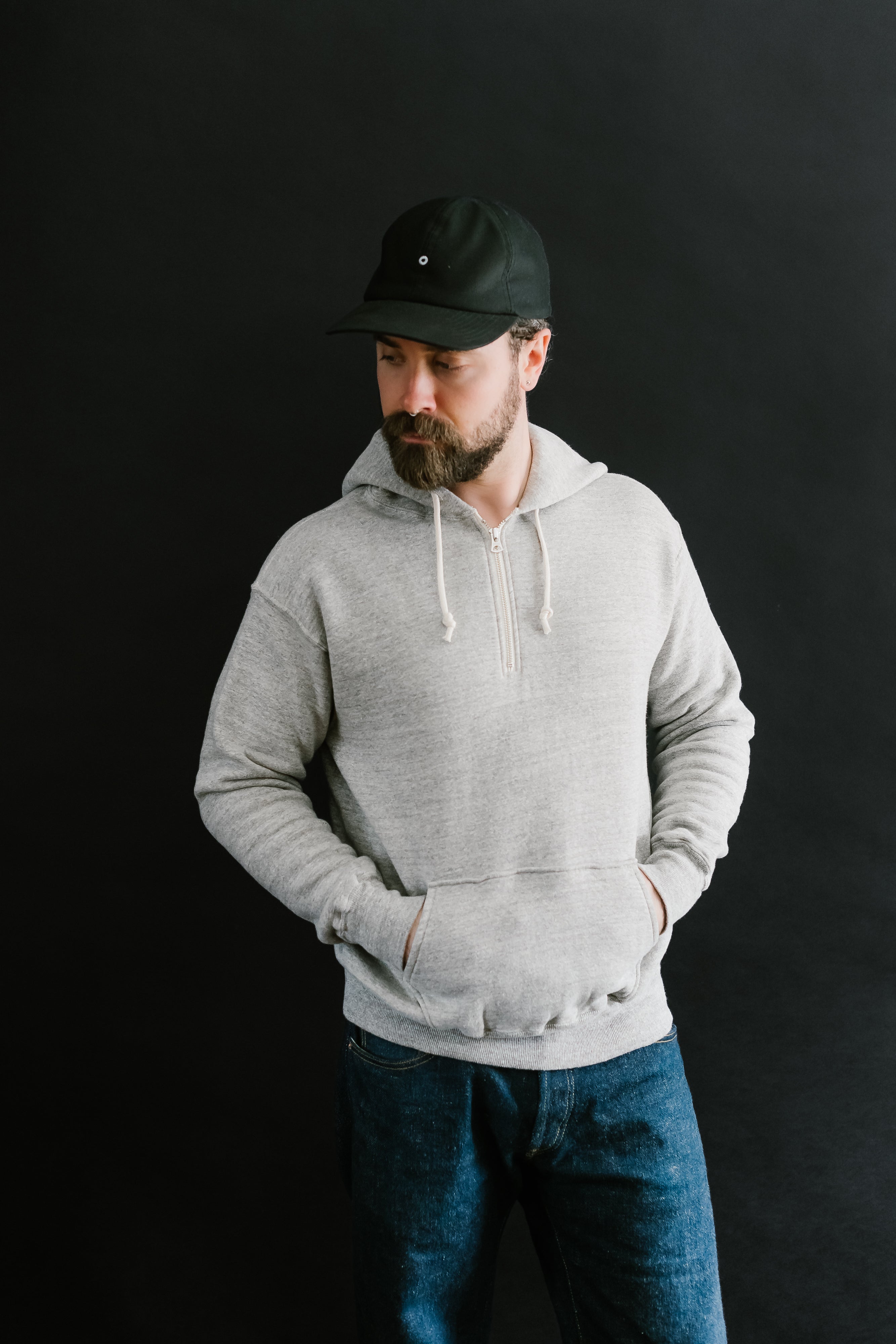
The Last of Spring
Dubble Works
We saved some of the best for last with these half zip hoodies and heavyweight long sleeve tees.
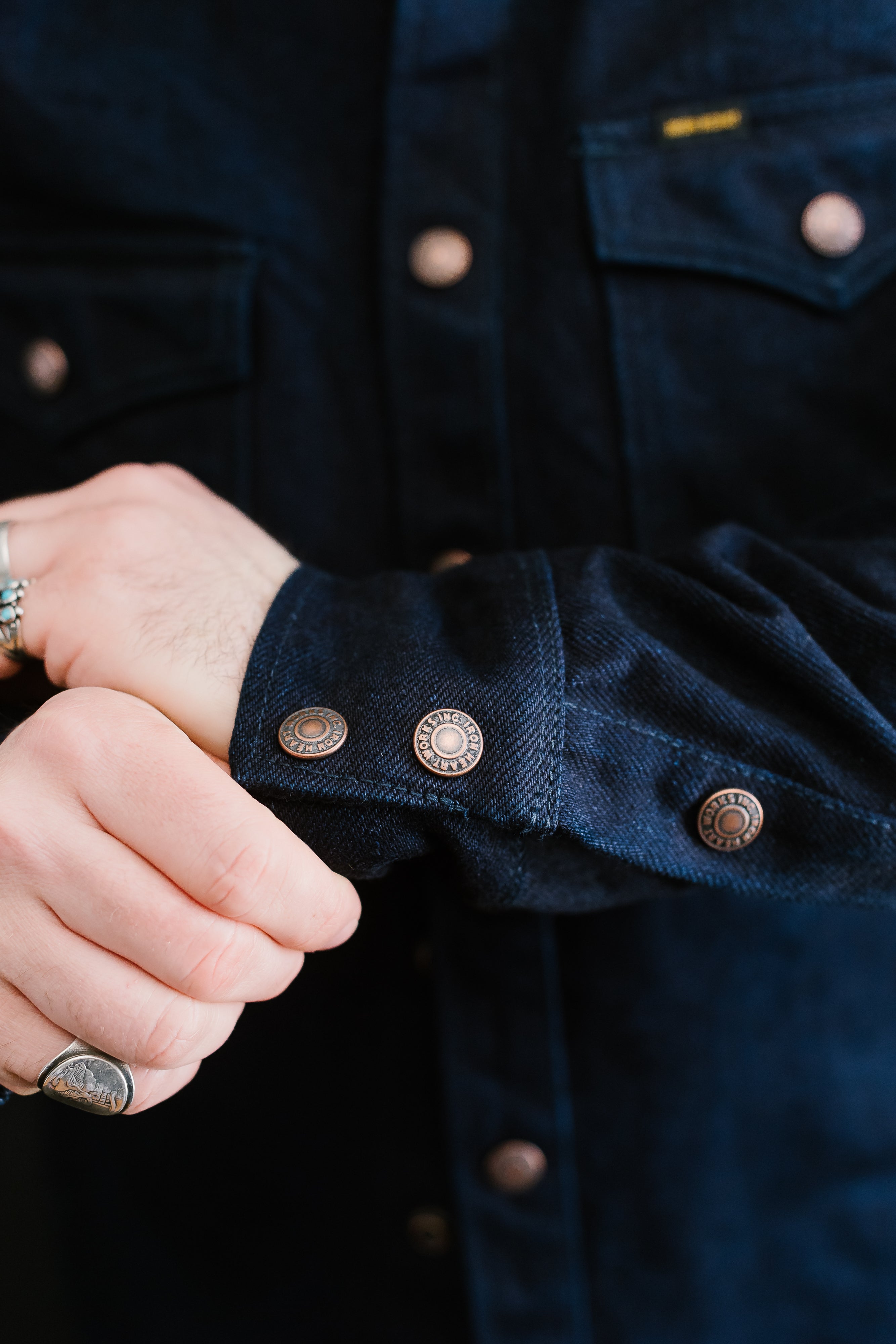
The Most in Demand Shirt in the Game
Iron Heart
We finally have the IHSH-409 in stock. This 19oz beauty and its friends likely won't be here for a long time, just a good time.
- SHOP
-
BRANDS
- Back
- BRANDS
- James Dant
- 3sixteen
- Chup Socks
- Clever Supply Co.
- Dehen 1920
- Dubble Works
- Freenote Cloth
- Hestra
- Howlin'
- Indigofera
- Iron Heart
- Jackman
- Japan Blue Jeans
- Maru Sankaku Peke
- Merz b. Schwanen
- Momotaro
- Moonstar & Shoes Like Pottery
- Naked & Famous
- Obbi Good Label
- ONI
- orSlow
- Post O'alls
- Pure Blue Japan
- Rogue Territory
- Rototo
- Samurai
- Shangri-La Heritage
- Studebaker Metals
- Studio D'artisan
- Tanuki
- Warehouse & Co.
- Wonder Looper
- ABOUT
- BLOG
- BOOK AN APPOINTMENT
- SHOP
-
BRANDS
- James Dant
- 3sixteen
- Chup Socks
- Clever Supply Co.
- Dehen 1920
- Dubble Works
- Freenote Cloth
- Hestra
- Howlin'
- Indigofera
- Iron Heart
- Jackman
- Japan Blue Jeans
- Maru Sankaku Peke
- Merz b. Schwanen
- Momotaro
- Moonstar & Shoes Like Pottery
- Naked & Famous
- Obbi Good Label
- ONI
- orSlow
- Post O'alls
- Pure Blue Japan
- Rogue Territory
- Rototo
- Samurai
- Shangri-La Heritage
- Studebaker Metals
- Studio D'artisan
- Tanuki
- Warehouse & Co.
- Wonder Looper
- ABOUT
- BLOG
- BOOK AN APPOINTMENT
Monday - Saturday
11am-5pm










